Adaptive optics imaging has the potential to enhance diabetic retinopathy diagnosis and treatment
Adaptive optics imaging (AOI) is a potentially valuable tool in assessing diabetic retinopathy (DR) severity and identifying microscopic retinal alterations associated with the disease, according to a new study.
By analyzing photoreceptor parameters and vascular characteristics using AOI, researchers were able to differentiate between various levels of DR severity.
This single center, prospective cohort study included 48 participants (87 eyes) for photoreceptor data and 36 participants (62 eyes) for vascular data. They were categorized into control/mild non-proliferative DR (NPDR), moderate/severe NPDR, and proliferative DR groups.
The study revealed significant differences in photoreceptor parameters among the DR groups, particularly at 2° and 4° of retinal eccentricity. Additionally, the wall-to-lumen ratio varied significantly at 2° eccentricity, while other vascular parameters showed no significant differences.
Cone density and dispersion emerged as the strongest predictors for DR severity, according to multivariable generalized estimating equation modeling (P < 0.001), while other vascular parameters did not exhibit significant differences between DR severity groups. Moreover, all photoreceptor parameters displayed significant correlations with visual acuity across most DR severity groups.
The research team emphasizes the need for continued investigation and validation of AOI’s role in DR management, aiming to translate these findings into practical applications that benefit patients worldwide.
Reference
Balas M, Issa M, Popovic MM, et al. Adaptive Optics Imaging in Diabetic Retinopathy: A Prospective Cohort Study. Retina. 2024;doi: 10.1097/IAE.0000000000004088. Epub ahead of print. PMID: 38478760.

Contact Info
Grandin Library Building
Six Leigh Street
Clinton, New Jersey 08809


